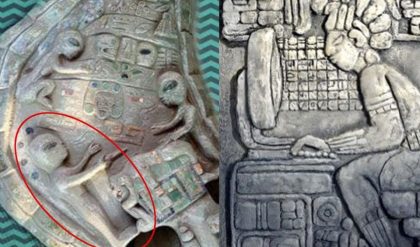Malaysia Airlines Flight MH370, a Boeing 777-200ER aircraft, departed from Kuala Lumpur International Airport on March 8, 2014, en route to Beijing Capital International Airport. What transpired during its journey remains one of aviation’s greatest mysteries. Here is a detailed timeline of events from takeoff to the final satellite signal received from MH370.
Departure and Initial Phase

12:41 AM (MYT): Flight MH370 takes off from Kuala Lumpur International Airport with 227 passengers and 12 crew members on board. The aircraft is scheduled to arrive in Beijing at 6:30 AM (CST).
Initial Flight Path
1:07 AM: The last routine radio transmission from the cockpit occurs when the flight is over the South China Sea, heading northeast towards its planned route to Beijing.
Disappearance from Radar
1:21 AM: The aircraft’s transponder, which communicates with ground radar, ceases transmitting. The plane disappears from secondary radar coverage, but primary radar continues to track the aircraft, indicating it turns sharply westward, deviating from its intended flight path.
Final Satellite Communications
2:22 AM: The aircraft sends its final automated communication, a log-on request to a satellite above the Indian Ocean. This communication is initiated by the aircraft’s satellite data unit and occurs about every hour.
2:25 AM: A ground-to-aircraft telephone call attempt is made by the airline, but it remains unanswered.

Unanswered Communications and Search Efforts
7:24 AM: Malaysia Airlines officially declares Flight MH370 missing. Search and rescue operations are initiated in the South China Sea and Gulf of Thailand, initially focusing on the aircraft’s last known position.
Analysis and Investigation
March 15, 2014: Investigators confirm that satellite data indicates MH370 flew along two possible corridors: a northern corridor stretching from northern Thailand to Kazakhstan, and a southern corridor stretching from Indonesia to the southern Indian Ocean.
Satellite Pings and Search Expansion
March 24, 2014: Malaysian Prime Minister Najib Razak announces that satellite data confirms the aircraft’s last position was in the southern Indian Ocean, west of Perth, Australia. This revelation leads to a shift in search efforts to this remote area.
Ongoing Search and Debris Discoveries
July 2015: A piece of the aircraft’s wing, known as a flaperon, washes ashore on Réunion Island in the Indian Ocean. It is later confirmed to be from MH370, providing the first tangible evidence of the aircraft’s fate.

Conclusion of the Search
Despite extensive search efforts spanning several years and involving multiple countries, the main wreckage of MH370 has not been located. The mystery surrounding the disappearance of Malaysia Airlines Flight MH370 continues to perplex and haunt the aviation community, with questions lingering about the events that led to its ultimate fate.
Legacy and Lessons Learned
The disappearance of MH370 has prompted significant changes in aviation safety protocols, satellite tracking systems, and search and rescue operations. It remains a somber reminder of the importance of air safety and the enduring mysteries of the skies.





